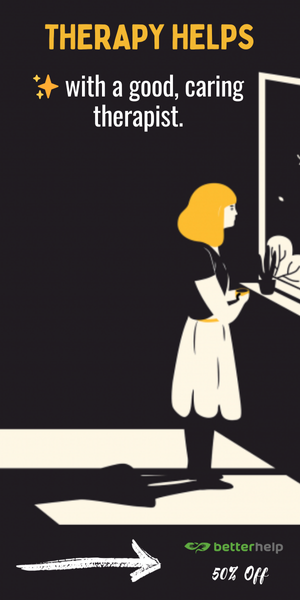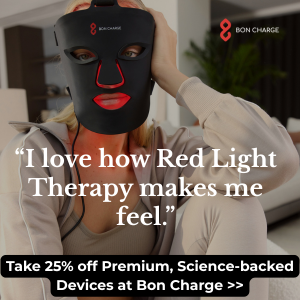View this post on Instagram
Most of us have probably had a day like this.
Things feel pretty good until suddenly we catch a glimpse of ourselves in a shopwindow, mirror, or a photo someone just took.
Suddenly, we don’t like what we see—we want to like it, but it isn’t happening.
For some of us, this lasts a moment, and it passes, like a fast shutter speed, and for others, it’s an ongoing battle of prolonged exposure. Negativity and panic come in abundance at any reflection seen.
What if someone sees us the way we see ourselves? That image of us at our worst, indelibly printed on their minds like a film strip, aptly called a negative.
When we keep trying to like what we see but we don’t, it’s like hitting a brick wall.
We wouldn’t imagine being served food that we dislike would suddenly make us love it. So why would we expect that living in our bodies, looking in the mirror, and saying we love it will create this shift?
If we expose ourselves to how we look, we can be desensitized to our appearance.
Our initial responses are then neutralized. From here, we can then move to a position of acceptance we don’t like it, and it’s okay not to like the way we look.
Interestingly, when we break this down, it’s usually not about our whole appearance. If it feels like it is, our response will more than likely be about our overall mood state at that moment in time. This could be because of current negative thoughts in other areas of life or maybe deeper core beliefs. There are perhaps things we wish were different. Our attention is drawn to these parts first. Humans are hardwired to see the negative, as this keeps us alive.
We need to be risk-averse, see the cliff edge, feel the heat of the fire, or see the speeding car. If we don’t like something about ourselves, maybe someone else might not, and at a deep evolutionary level, this may mean we are at risk of harm. Of course, we don’t make those links with the semantics of a sentence, but the neural pathways to survival are triggered. This increases the emotional salience for the part of ourselves we dislike and are focusing our lens on.
Since having three cesarean sections, I wouldn’t say I like how my lower abs sit or the jagged scar due to scar tissue making the second incision tricky. I’m never going to look and think, “Wow, that looks amazing.” For me, it isn’t aesthetically pleasing on my body. But here’s the excellent news—that’s okay!
Making peace with discomfort and not liking something is the first step to a more positive experience. It’s about being willing to accept it’s not ideal, but not letting it stop us from doing what we want. This is the first stepping stone to body acceptance.
When we define our worth by our looks, our dislike of our appearance becomes debilitating. What one person sees as a simple scar, some excess weight, or a nose they’re not keen on, others will see as something wrong with them at their very core. So why does the same landscape create a different perspective for each viewer?
The answer lays in building worth from things other than appearance.
When those things become bigger, the aspects of appearance we don’t like are no longer magnified into the shot but instead are placed somewhere beyond the horizon. Like the balance of aperture and shutter speed, when one goes up, the other goes down. We remain aware of what we don’t like, but it is no longer in the frame as a part of our overall composition.
If we feel good about ourselves, it’s easier to like the way we look, as we operate from a wide-angle lens and are not taking those macro close-up shots. We then naturally become more accepting. With a strong foundation of self, the external structure can weather the storms of passing negative thoughts.
In photography, a composition called the rule of thirds places the subject in the left or right third of an image, leaving the other two-thirds more open. This is thought to lead to a more compelling and well-composed shots.
What if we use our visual lens to make our subject—our sore subject—the thing we don’t like, and that becomes only one-third of our perception?
What would our other two-thirds be open to?
What can come to the foreground of our image to make the sore subject be moved to the background? We accept it is there but train our eyes to focus on two things we like and bring those into view.
If we keep doing this, appearance reduces in value, and the less than sharp aspects of our image blur into insignificance.
~


 Share on bsky
Share on bsky




Read 2 comments and reply